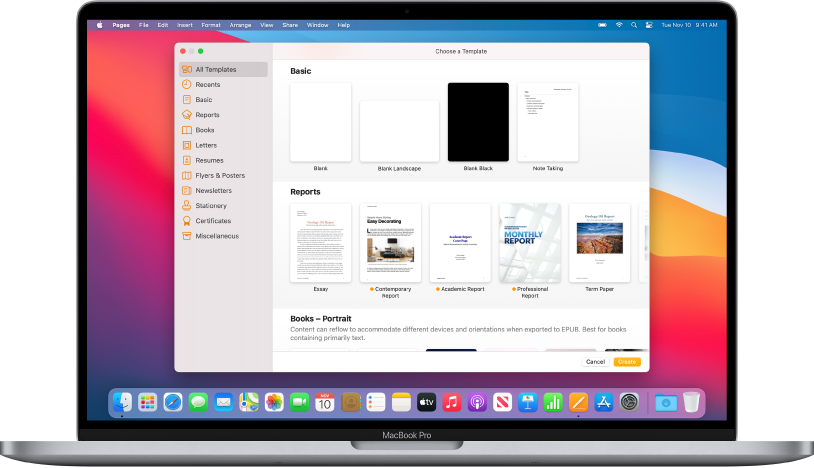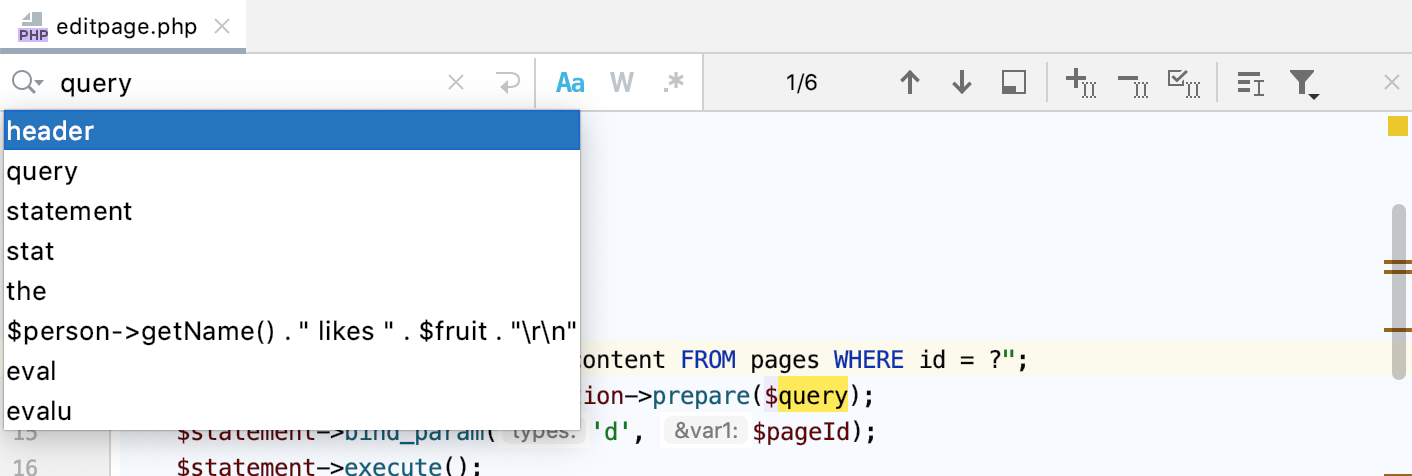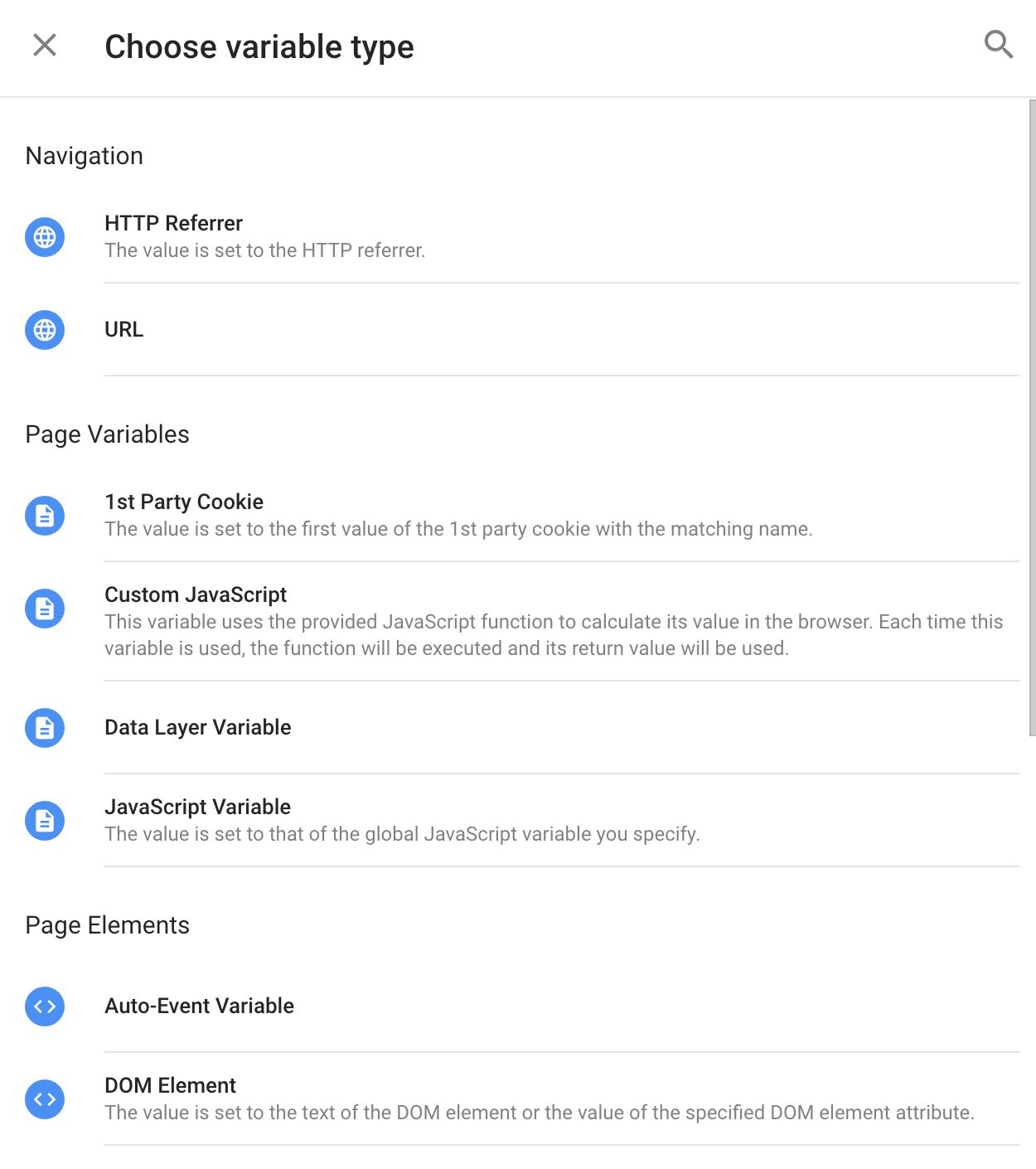
- USING VARIABLES IN FIND AND REPLACE IN MAC PAGES HOW TO
- USING VARIABLES IN FIND AND REPLACE IN MAC PAGES MAC OS
- USING VARIABLES IN FIND AND REPLACE IN MAC PAGES CODE
- USING VARIABLES IN FIND AND REPLACE IN MAC PAGES PASSWORD
- USING VARIABLES IN FIND AND REPLACE IN MAC PAGES WINDOWS
USING VARIABLES IN FIND AND REPLACE IN MAC PAGES CODE
We’ll show you two alternatives to using the Unix shell that only require a few lines of code in your Rails application to set environment variables. But troubleshooting shell problems can be difficult, especially when using rvm, the Ruby Version Manager, or when the application is launched in nonstandard ways. It’s important to learn to use the Unix shell if you’re commited to improving your skills as a developer. For a bash shell, using the Gmail example, edit the ~/.bashrc file and add:Įxport have to open a new shell or restart your terminal application to continue. Unix environment variables are typically set in a file that is read when starting an interactive shell (the ~/.bashrc file for the bash shell).Īre you using a bash shell? Use echo $SHELL to find out. If you’re familiar with Unix, you’ve likely had experience setting environment variables. Option One: Set Unix Environment Variables
USING VARIABLES IN FIND AND REPLACE IN MAC PAGES HOW TO
Let’s consider how to set local environment variables. Ruby will replace ENV with an environment variable. The variable can be used anywhere in a Rails application. Instead use the Ruby variable ENV to obtain an environment variable.
USING VARIABLES IN FIND AND REPLACE IN MAC PAGES PASSWORD
You could “hardcode” your Gmail username and password into the file but that would expose it to everyone who has access to your git repository. A portion of the file might look like this: In your Rails application, you will need to configure these credentials in the file config/environments/production.rb. Access to Gmail requires a username and password for access to your Gmail account. Gmail ExampleĬonsider an application that uses Gmail to send email messages. In general, you shouldn’t save email account credentials or private API keys to a shared git repository. If you’re collaborating on a team with a private git repository, your local settings may not be suitable for all members of the team. You don’t want to share email account credentials or private API keys with the public. If your project is open source, any developer will have access to your code. Remote git repositories such as GitHub are a place to store and share code. We also show two alternatives to set environment variables in your application without the Unix shell. Here we show how to set local environment variables in the Unix shell.

USING VARIABLES IN FIND AND REPLACE IN MAC PAGES MAC OS
Operating systems (Linux, Mac OS X, Windows) provide mechanisms to set local environment variables, as does Heroku and other deployment platforms. You can pass local configuration settings to an application using environment variables. Many applications require configuration of settings such as email account credentials or API keys for external services. Please accept our invitation to join the RailsApps project. Support for the project comes from subscribers. Rails changes frequently each application is known to work and serves as your personal “reference implementation.” Each application is accompanied by a tutorial so there is no mystery code. Hundreds of developers use the apps, report problems as they arise, and propose solutions. The RailsApps project provides example applications that developers use as starter apps. This is an article from the RailsApps project. If you’re new to Rails, see What is Ruby on Rails?, the book Learn Ruby on Rails, and recommendations for a Rails tutorial. Rails configuration and security with environment variables. Using ENV variables in Rails, locally and with Heroku. If you are handling environment variables on Unix in fashion as unusual as you say, you are on your own.Rails Environment Variables by Taylor Mock and Daniel Kehoe
USING VARIABLES IN FIND AND REPLACE IN MAC PAGES WINDOWS
Since Windows doesn't have the concept of a shell, it needs to provide a way to expand those environment variable for you. Most Unix programs are started from some sort of shell, which will automatically expand all the environment variables for you. The reason is that it is very unusual to get an environment variable into a Unix program. I think that you won't find an equivalent to the Windows function on Unix. The NSProcessInfo method is just a Cocoa way of doing getenv().

Then, use whatever language you want to use to replace them. Hopefully you have some agreed upon standard for how they will appear in your strings (i.e.


Otherwise, you'll just have to look for environment variables and replace them. That is unfortunate since that is the ideal solution for finding "special" folders. If it is entirely out of your control, then you probably can't use FindFolder.


 0 kommentar(er)
0 kommentar(er)
